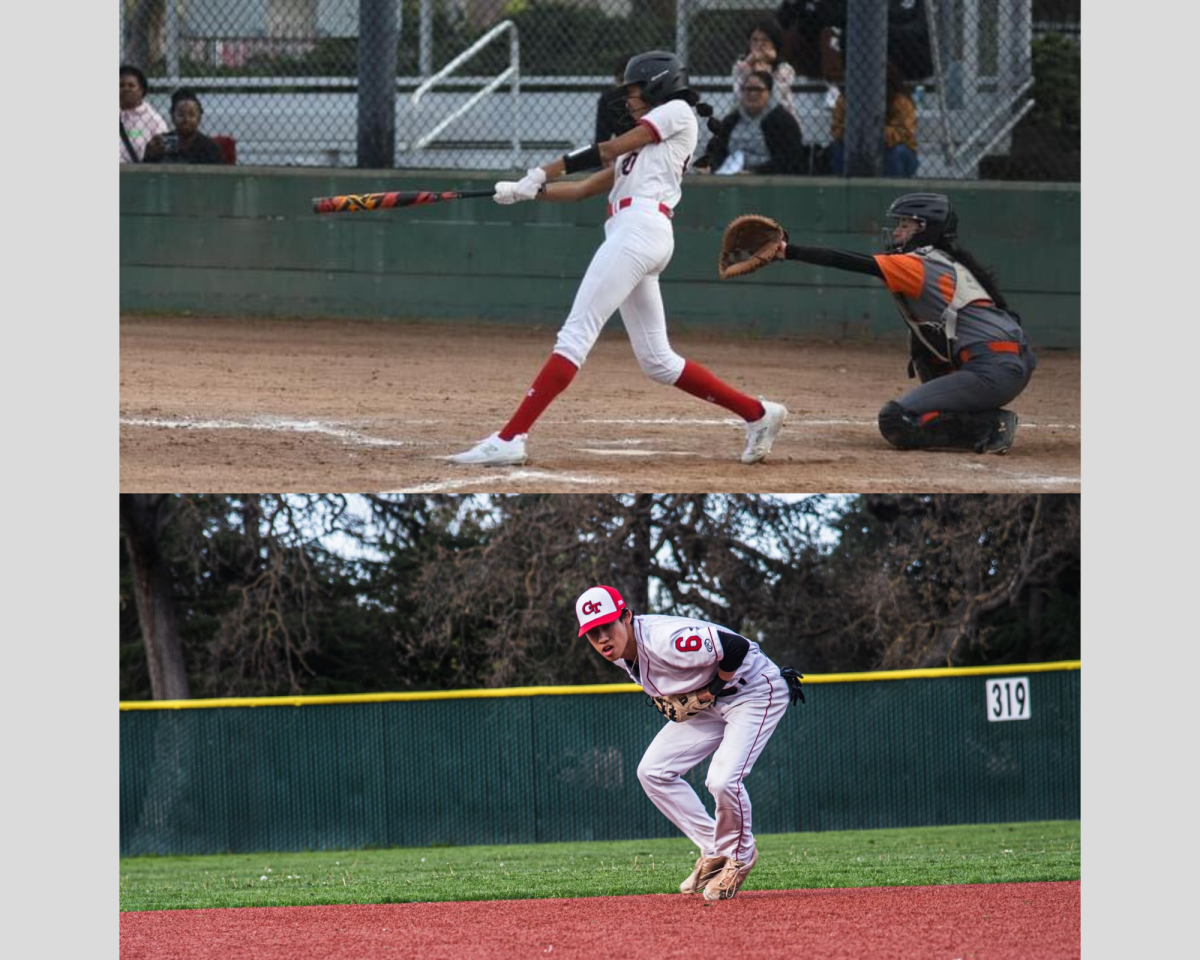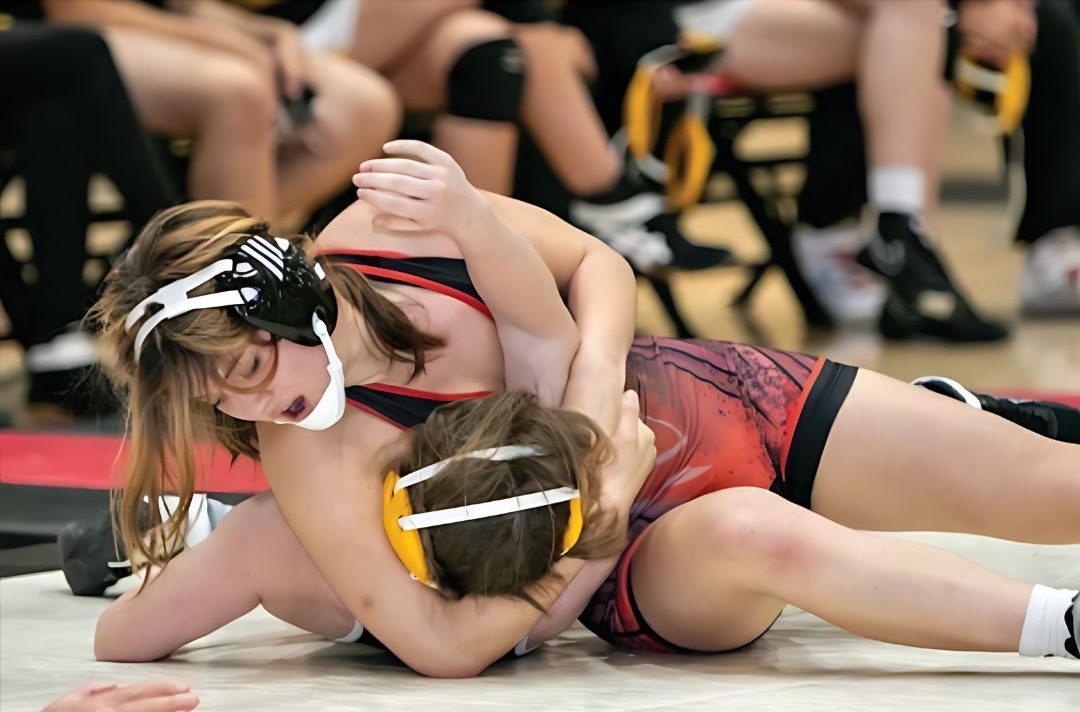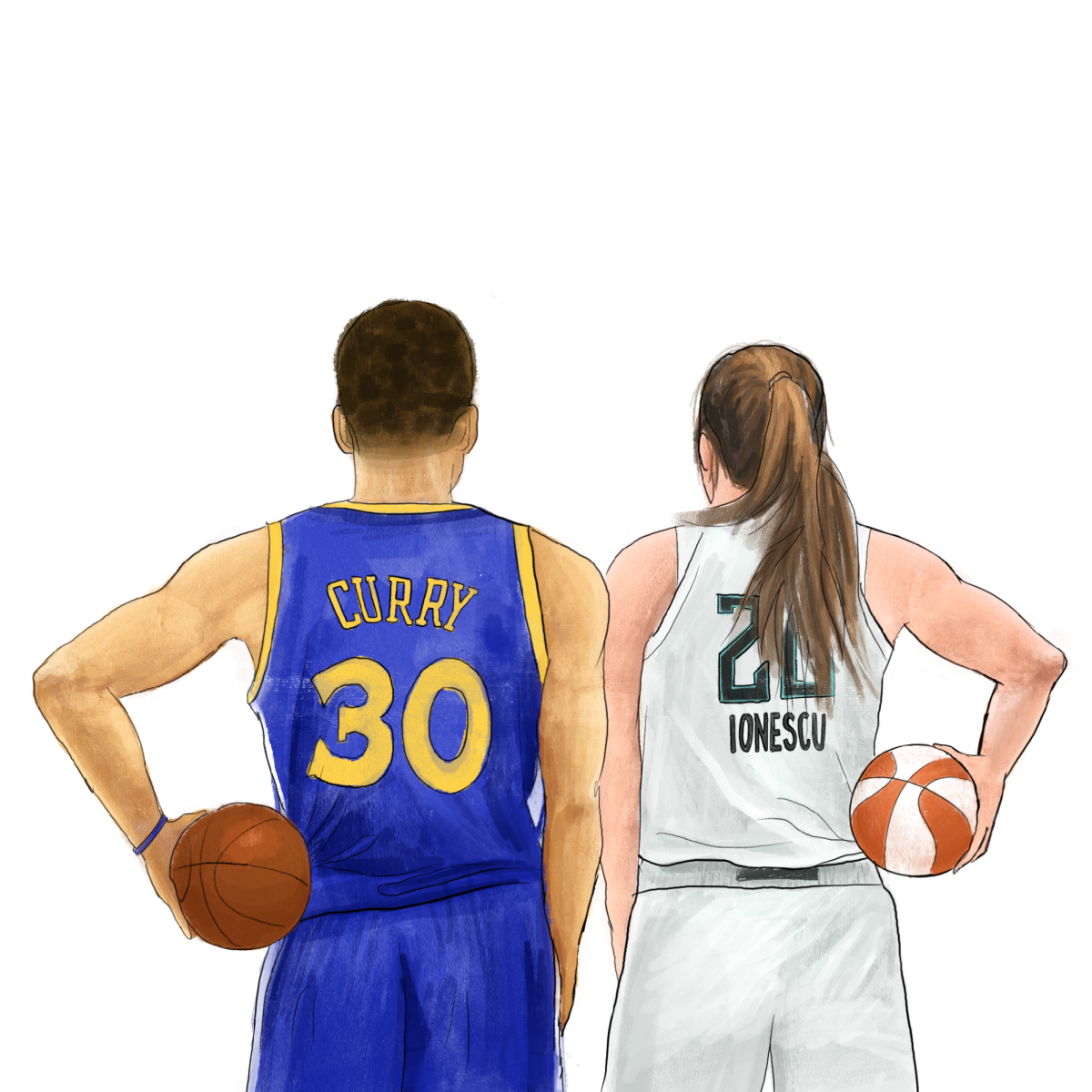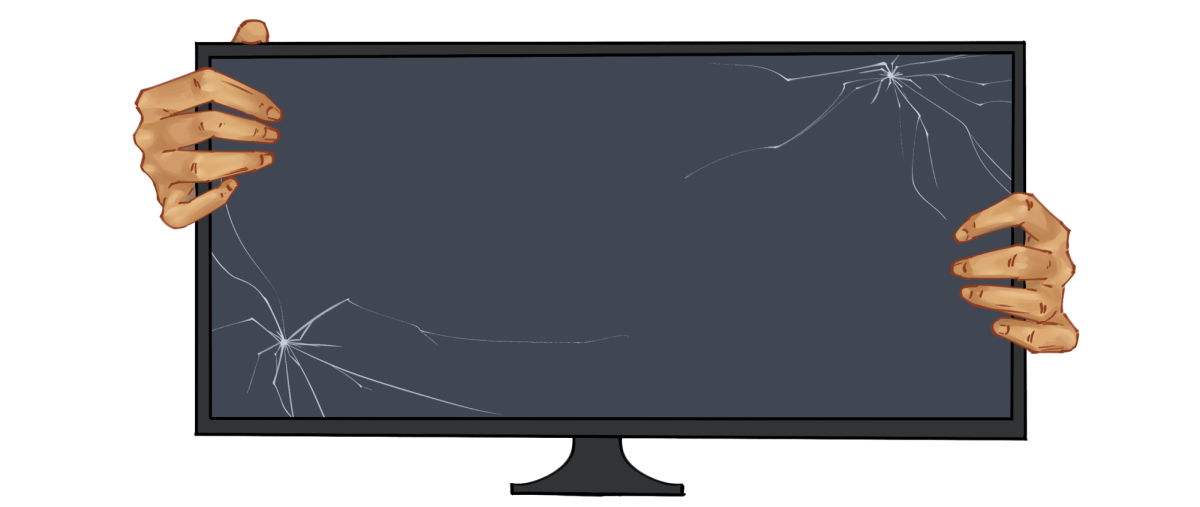Written by Paulo Frank and Tim Sun
In the athletic world, injuries are often viewed as a major problem. Due to its inherent physicality and hard head-on-head hits, football is always associated with concussions as an area of concern. Recently, due to movies like “Concussion,” the retirement of high-profile National Football League (NFL) players due to mental health concerns and a record number of NFL players declining invites to the Pro-Bowl, more attention than ever before is being directed towards concussions.
Unlike injuries in which a player is physically incapable of performing, concussions make movement difficult due to mental issues. Any additional head trauma slows recovery and can become dangerous. Concussions raise particular concerns for young players in how their academics are impacted and whether school administration appropriately addresses the situations.
This year, a few athletes suffered concussions during athletic participation. Football player junior Diego Cruz sustained two concussions just two weeks apart. Cheerleader junior Ina Montejo also suffered a 10-foot fall directly onto her head during a stunt in preparation for Night Rally.
Injury
A concussion is a form of brain trauma caused by blows to the head. Concussions can come with a wide range of symptoms ranging in severity, including headaches, confusion, excessive fatigue and dizziness. In severe cases, even memory loss and blackouts can occur. A point of emphasis, especially in diagnosis, is that concussions are capable of taking place without the loss of consciousness.
For concussions, the first step is to realize the athlete is concussed. For many athletes, this stage is very difficult. Montejo continued practicing despite her fall and likely worsened her condition. “After, I kept going and I was like, ‘I’m fine. Let’s just keep going and keep rehearsing the routine’,” she said. “It took a couple minutes for me to realize that I shouldn’t keep going.”
Cruz adds that the heat of the game removes the pain and that athletes have a hard time diagnosing their own condition. “I feel like they don’t feel them in that moment because of the adrenaline rush,” Cruz said. “When I got my first one, I kind of played through it a couple plays, and that wasn’t smart of me because I should have just gone out as soon as I felt dizzy.”

Recovery
California Interscholastic Federation Bylaw 313 states that a student athlete suspected of suffering a concussion shall be removed from competition at that time for the remainder of the day. The student athlete must then be evaluated by a licensed healthcare provider and receive written clearance to return to play.
Doctors recommend stopping activity after a concussion to avoid exacerbating visual and auditory stimulation, followed by a gradual reacclimization to athletic participation. Cruz started his rehab process with balancing and walking lunges. He slowly started jogging, then sprinting and finally returned to full health. After an athlete passes concussion tests, athletic trainer Christina Romero gives a confirmation that allows him or her to resume playing. “We start the ‘return to play’ protocol,” Romero said. “We give them a few small things to do physically, and if there are no symptoms, every day we just add up a little bit more until they’re ready to return.”
If the player develops any symptoms during a stage in the “return to play” protocol, they are dropped down a level so they can work their way up again without any symptoms.
Without any detailed requirements from Central Coast Section (CCS), dealing with concussions has been mostly up to the trainer and coaches. “We were trained to find the symptoms, test them and find the right places to refer them to, as well as monitor and make sure they’re taken care of,” Romero said.
Doctors recommend limiting academic workload to prevent aggravation. Montejo is on a 504 plan that limits the amount of time each day she spends at school to four hours and doing homework to two hours. She feels that her doctors do not have much power in helping her recover since the only “medication” for concussions is time. However, the minor steps her doctors have suggested have been beneficial. “All they really can do is tell me what to do and it’s up to me to follow it strictly,” she said. “I guess it has helped a little—the four-hour plan was really useful because after three classes I’ll get so dizzy.”

Impact
Not only do concussions remove athletes from their sport, but they also have wide-ranging impacts off the field as well. Concussion symptoms include sensitivity to light, irritability by sound and difficulty in concentration, which greatly impact a student-athlete’s performance in the classroom. Cruz’s first concussion forced him to miss two days of school and the injury made studying difficult when he returned. “I had a hard time concentrating,” Cruz said. “Especially since we have longer class periods, I’d catch myself drifting off often and [would have] to take a little break.” Montejo feels a drawback has been the inability to work as hard as possible. “Knowing that I can’t perform 110 percent sucks,” Montejo said. “I’ve missed so many things and I feel like everyone just keeps going [but] I’m limited. I fall behind and then I have to catch up.”
With high-stress classes, a concussion can make school much more challenging. “After 10 minutes, I’ll have a headache,” Montejo said. “[I] can only focus for a short time, and it really sucks especially if you’re a junior because you have so much work.”
Four months after sustaining her injury, Montejo still has symptoms which doctors attribute to pressure. “They think the stress is prolonging it too, [but] who wouldn’t be stressed?” Montejo said. “You’re trying to catch up with school. They asked me if I could take a semester off, and I said there’s no way I can do that.” Montejo says her driving and sleep has also been impacted.
Steps taken by coaches
While public perception portrays concussions as common, head injuries are uncommon on the football team. In the last 10 years, the team has averaged less than one reported incident per year, as they take them seriously. “Coaches are not spectators,” football coach Mark Weisman said. “Our primary concern is our athletes. Every case of a kid getting injured is significant.”
Coaches are well-trained in teaching tackling with injury prevention techniques. “All the coaches here have gone through mandatory teaching by the Institute of USA Football for tackling practices and techniques,” Weisman said. “That’s why we practice [appropriate] tackling all through the season.” Most coaches have participated in the “heads up” program, which stresses safety. Coaches are therefore prepared to ensure no athlete’s condition worsens.
Currently, sensors placed in about half of the players’ helmets monitor the magnitude of contacts. The district later plans to integrate impact testing to further aid coaches. “It’s a software where we get to create a baseline of every athlete’s cognitive abilities,” Romero said. “That way, if something happens during the season, we can retest them and see the differences.” Despite current progress, Montejo believes coaches should not simply trust what the athlete says. “The coaches should be more attentive to what’s going on in the field or in practice,” Montejo said. “Once they see that someone falls, they can’t just ask ‘how are you feeling?’ because by tendencies you’re going to say, ‘I’m okay.’”












A concerned parent • Mar 10, 2016 at 3:38 am
Curious: how many concussions happened to the Varsity football team vs. the Cheer team? (You may be surprised by the answer)